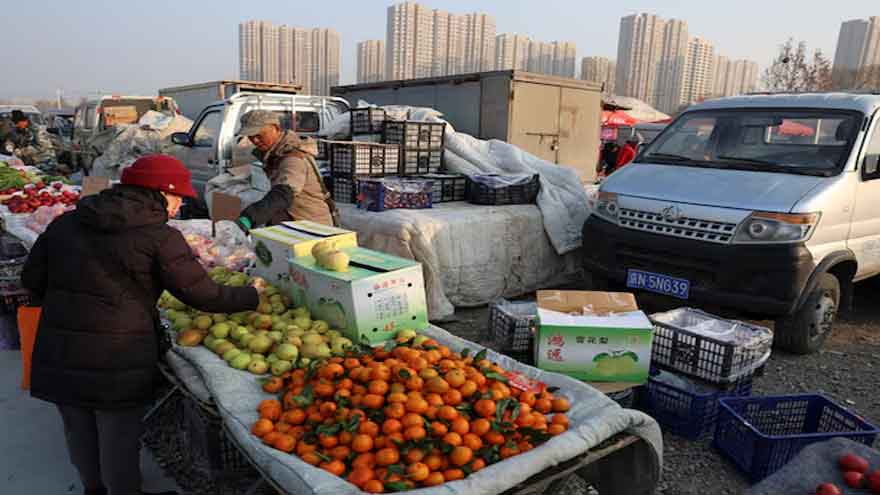BEIJING: China’s producer prices fell more than expected in July, while consumer prices were unchanged, underscoring the impact of sluggish domestic demand and persistent trade uncertainty on consumer and business sentiment.
Factory-gate prices have been declining for more than two years, and Saturday’s data suggest early-stage efforts to tackle price competition have yet to yield significant results.
Deflationary pressures have prompted Chinese authorities to address overcapacity in key industries. However, the latest round of industrial restructuring appears to be a pared-down version of the sweeping supply-side reforms launched a decade ago that were pivotal in ending a deflationary spiral.
The producer price index (PPI) fell 3.6% year on year in July, National Bureau of Statistics (NBS) data showed on Saturday, missing economists’ forecast of a 3.3% slide and matching the near 2-year low recorded in June.
Extreme weather and global trade uncertainties contributed to price declines in some industries, Dong Lijuan, NBS chief statistician, said in a statement.
However, on a month-on-month basis, PPI shrank 0.2%, improving from June’s 0.4% drop.
Despite the headline figures, some analysts see signs of easing deflationary pressure. Xing Zhaopeng, senior China strategist at ANZ, pointed to improvements in month-on-month PPI and year-on-year core CPI.
He expects the current “anti-involution” policy measures – aimed at curbing disorderly competition in sectors like autos -to begin lifting year-on-year PPI from August.
Still, other analysts remain cautious, noting that without demand-side stimulus or reforms to improve people’s welfare, the measures may have limited impact on final demand. A prolonged housing downturn and fragile trade relations with the U.S. also continue to weigh on consumer spending and factory activity.
China’s consumer price index (CPI) was flat year-on-year in July, compared with a 0.1% rise in June, NBS data showed, beating a Reuters poll forecast of a 0.1% slide.
Core inflation, which excludes volatile food and fuel prices, was 0.8% in July from a year earlier, the highest in 17 months. Food prices fell 1.6%, following a 0.3% decline in June.
U.S. stocks ended higher on Friday, with the Dow adding nearly half a percent, the S&P 500 climbing more than three-quarters of a percent, and the Nasdaq gaining one percent to notch a record closing high for the second straight day.







